new to green housing
oldokie
10 years ago
Related Stories
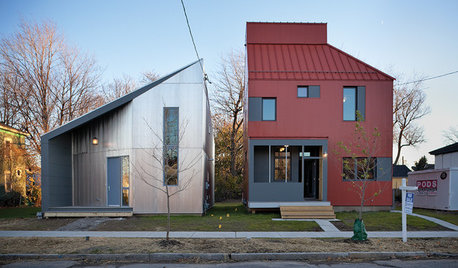
ARCHITECTUREEnergy-Saving Ideas From 3 Affordable Green-Built Houses
Get lessons in budget-friendly green building from design competition winners in New York state
Full Story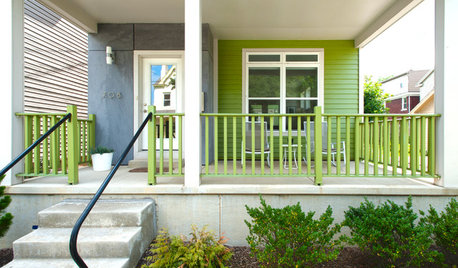
EXTERIOR COLORThe Joyful Exterior: Perk Up Curb Appeal With a Splash of Green
You may not want to douse your whole house with it, but green can work wonders as an exterior accent color
Full Story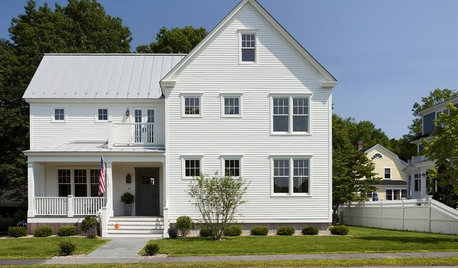
HOUZZ TOURSHouzz Tour: The Concord Green Healthy House
New home built for efficiency and flexibility finds its place in historic New England neighborhood
Full Story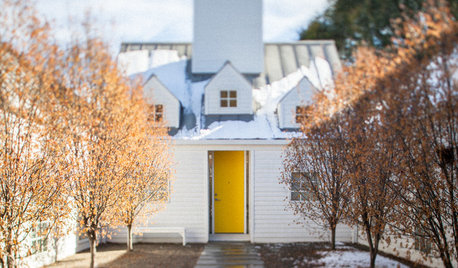
HOUZZ TOURSMy Houzz: A Master’s Design Goes Green and Universal
Adapting $500 house plans in Pittsburgh leads to planned Platinum LEED certification and better accessibility for one of the owners
Full Story
PRODUCT PICKSGuest Picks: A Red and Green Christmas
Take a cue from classic Christmas movie 'Home Alone' and outfit the house with shades of red and green
Full Story0
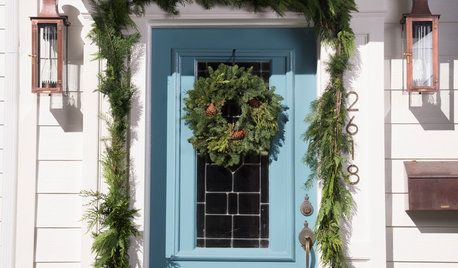
CHRISTMASQuick and Easy Christmas Decor With Greens, Wreaths and Pine Cones
When you're short on time, focus on the basics to make your house festive and fragrant
Full Story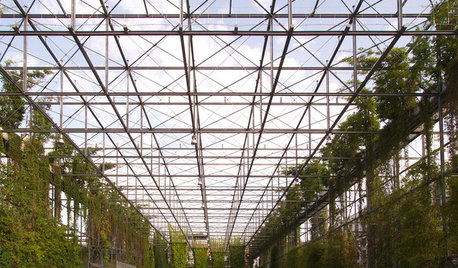
URBAN GARDENSA Vertical Park in Zurich Greens Up the Grid
This breathtaking mix of steel and vines in Switzerland shows promise for greener, healthier cities around the world
Full Story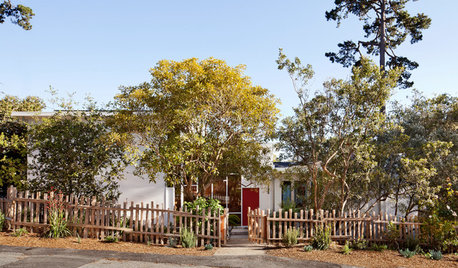
MIDCENTURY HOMESHouzz Tour: Small Changes Earn a Top Green Rating
Remodeling for energy efficiency and sustainability within a quaint town's codes wins LEED platinum certification for a midcentury home
Full Story





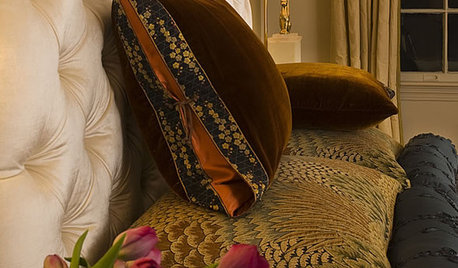

mksmth zone 7a Tulsa Oklahoma
mulberryknob
Related Professionals
Maple Valley Landscape Architects & Landscape Designers · Tomball Landscape Architects & Landscape Designers · Goodyear Landscape Contractors · Wilmington Landscape Contractors · Wilmington Landscape Contractors · Gaithersburg Landscape Contractors · Garland Landscape Contractors · Holtsville Landscape Contractors · Oak Forest Landscape Contractors · Wallingford Landscape Contractors · Winter Gardens Landscape Contractors · Lakewood Decks, Patios & Outdoor Enclosures · Miami Decks, Patios & Outdoor Enclosures · Pataskala Decks, Patios & Outdoor Enclosures · San Antonio Decks, Patios & Outdoor EnclosuresOkiedawn OK Zone 7
mulberryknob